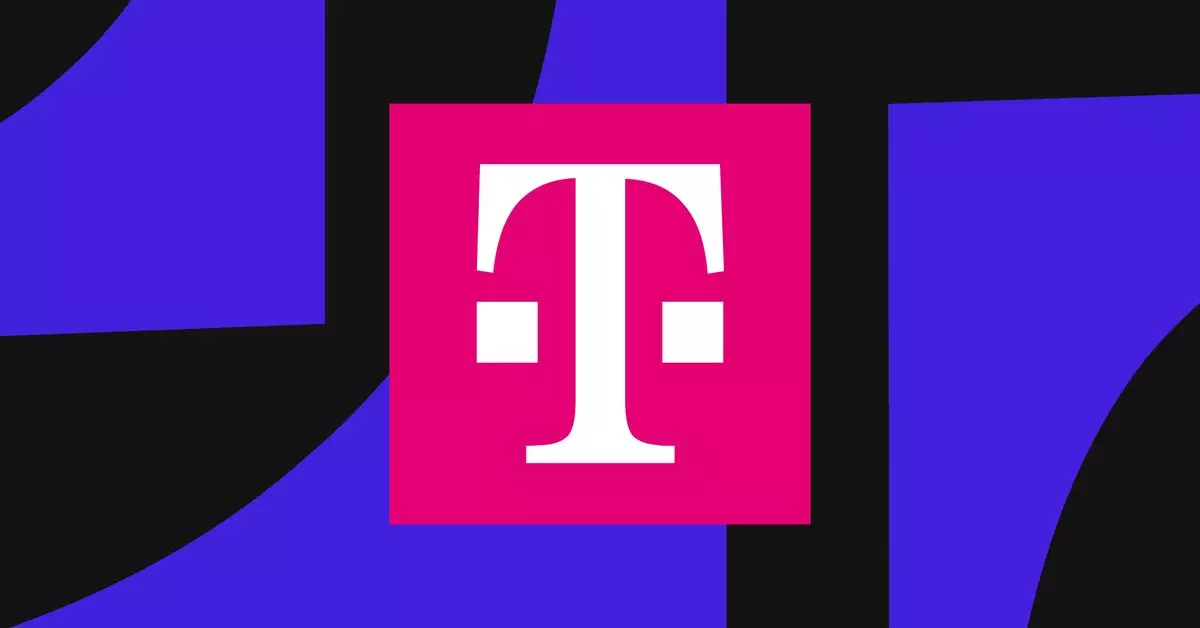In a significant move towards enhancing its cybersecurity framework, T-Mobile has announced a multi-million dollar investment as part of a settlement with the United States Federal Communications Commission (FCC). This decision comes on the heels of multiple data breaches that exposed sensitive customer information, raising serious concerns about the company’s security practices. As part of the settlement, T-Mobile is set to pay $15.75 million in civil penalties—an identical sum to what it will allocate for internal cybersecurity enhancements. The FCC has labeled this settlement as “groundbreaking,” suggesting that it may pave the way for stricter industry standards and practices concerning cybersecurity.
Over the past few years, T-Mobile has faced scrutiny for data breaches that compromised sensitive information including social security numbers, addresses, and driver’s license information of millions of customers. These incidents not only undermine consumer trust but also raise alarms about the integrity of telecommunications infrastructure in a rapidly digitalizing world. The FCC’s ongoing investigations into these breaches underscore the various methods of attack and exploitation that were employed, further highlighting the evolving threat landscape within the telecommunications sector.
In response to these challenges, T-Mobile is implementing several key changes designed to fortify its cybersecurity posture. One significant step involves enhancing corporate governance by ensuring that the Chief Information Security Officer provides regular updates to the company’s board of directors regarding cybersecurity status and associated business risks. This change reflects a fundamental prerequisite for effective governance in an era where cybersecurity awareness is non-negotiable. It acknowledges the necessity for the board to have both visibility and expertise in cybersecurity to accurately assess risks and develop effective strategies.
Another pivotal transformation is T-Mobile’s commitment to transition towards a modern zero-trust architecture. Zero trust involves a security framework that operates on the principle of “never trust, always verify,” significantly mitigating risks associated with unauthorized access. By segmenting its networks, T-Mobile aims to create a fortified environment that restricts lateral movement for potential threats. This shift is viewed as one of the most effective strategies in contemporary cybersecurity practices, addressing vulnerabilities that have been exploited in the past.
T-Mobile’s plan also includes a broad adoption of multi-factor authentication (MFA) across its systems. This move is critical, as the security of telecommunications infrastructure is paramount. The abuse of authentication methods, whether through credential theft or improper access, represents a common avenue for breaches and ransomware incidents. By enforcing stringent identity and access management protocols, T-Mobile aims to bolster its defenses significantly, demonstrating a proactive approach to securing its network against malicious actors.
As T-Mobile embarks on this ambitious cybersecurity overhaul, it stands at a crucial juncture that could serve as a blueprint for other companies facing similar challenges. The integration of improved governance, advanced architecture, and robust identity management not only positions T-Mobile to better protect its customers but also sets a higher standard for the telecommunications industry as a whole. This settlement with the FCC may indeed mark a turning point in the way companies prioritize and invest in cybersecurity, underlining its critical importance in today’s digital landscape.

